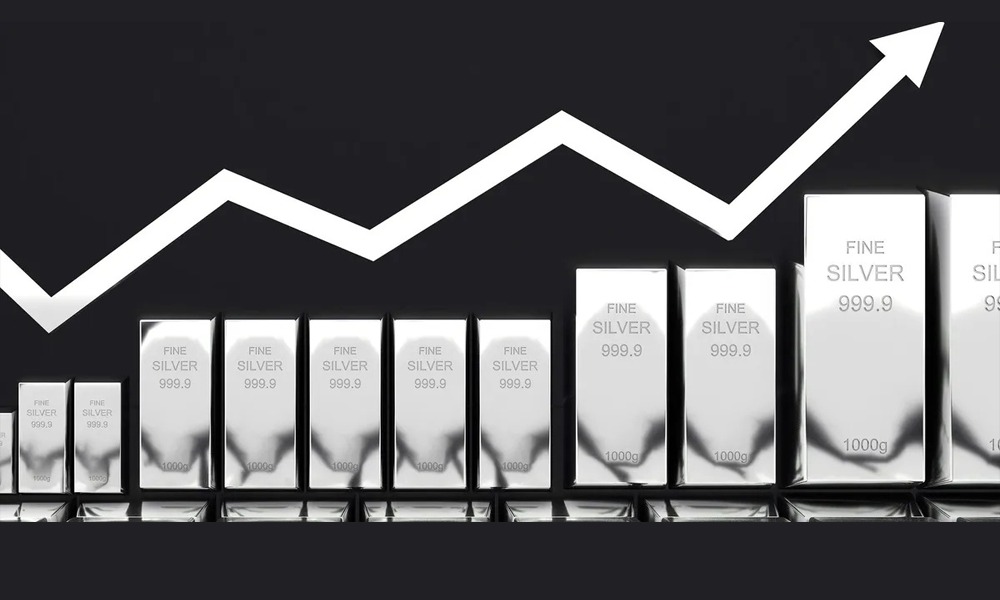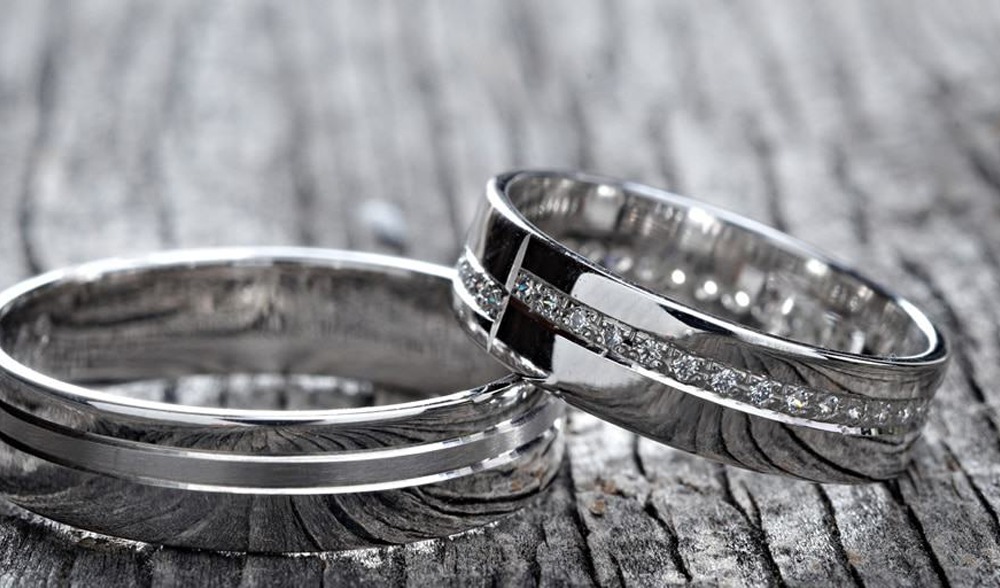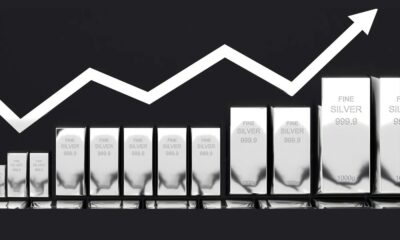International News
Cash transaction curbs hit Hong Kong diamond trade, impacting its competitiveness.

Cash transaction curbs hit Hong Kong diamond trade, impacting its competitiveness.
Hong Kong’s jewellery trade shows, historically significant hubs for diamond and gemstone transactions, are undergoing a period of significant transformation. Recent regulatory changes, particularly the elimination of cash transactions for diamond dealers, have fundamentally altered the market dynamics. This analysis examines the impact of these changes, the resulting challenges, and potential future implications for the industry.
Hong Kong has long been a vital center for the global jewellery trade, renowned for its strategic location, established infrastructure, and vibrant trade shows. Historically, the city’s appeal lay in its status as a cash market, facilitating swift and discreet transactions, particularly in diamonds.
Hong Kong’s position as a prominent cash market has been compromised, impacting its competitiveness. This has caused a decrease in some of the revenue that was historically generated at the trade shows. Compounding the challenges posed by regulatory changes is the simultaneous decline in Chinese diamond demand.
The implementation of regulations prohibiting cash transactions for diamond dealers two years ago has significantly disrupted the traditional trading practices. This change has eliminated a key attraction for dealers who relied on the anonymity and speed of cash transactions. This regulatory change was likely implemented to increase transparency, prevent money laundering, and adhere to international financial standards.
Exhibitors are now required to display regulatory certifications, indicating a heightened focus on compliance. The presence of Hong Kong’s Customs and Excise Department representatives at trade shows underscores the government’s commitment to enforcing cash rules. This has increased the level of trust in the market, for legitimate businesses.
Hong Kong’s jewellery trade shows are navigating a period of significant change driven by regulatory adjustments and evolving market dynamics. While the elimination of cash transactions has posed challenges, it also presents an opportunity to strengthen the industry’s integrity and long-term sustainability. By embracing digital innovation, diversifying market focus, and maintaining a strong regulatory framework, Hong Kong can solidify its position as a leading global jewellery trading hub.
• Increased Compliance and Transparency
• Decline in Cash Market Status
• Weakened Chinese Diamond Demand
This external factor further exacerbates the difficulties faced by the Hong Kong jewellery trade.
Challenges and Implications:
• Reduced Transactional Volume:
The elimination of cash transactions may have led to a decrease in the overall volume of transactions at trade shows, as some dealers may have shifted to alternative markets.
• Shift in Market Dynamics:
The industry is adapting to a new era of transparency and compliance, requiring adjustments in business practices and strategies.
• Competitive Pressure:
Hong Kong faces increased competitive pressure from other jewellery trading hubs that may offer more flexible transaction options.
Impact on Small and Medium-Sized Enterprises (SMEs):
Smaller businesses that relied on cash transactions may be disproportionately affected by the regulatory changes.
Need for Digital Adaptation:
The industry must embrace digital transaction methods and technologies to remain competitive.
Potential Future Strategies
Enhancing Digital Infrastructure:
Investing in secure and efficient digital payment systems to facilitate seamless transactions.
Diversifying Market Focus:
Exploring new markets and diversifying product offerings to mitigate the impact of declining Chinese demand.
Strengthening Regulatory Framework:
Maintaining a strong and transparent regulatory framework to build trust and attract reputable businesses.
Promoting Hong Kong’s Strengths:
Highlighting Hong Kong’s strengths, such as its established infrastructure, skilled workforce, and strategic location, to attract international buyers.
Focus on high end goods:
Hong Kong could focus on becoming the high end market for very expensive and rare stones, where the added security and regulations are a positive.

International News
Silver prices surge on trade policy uncertainties and geopolitical tensions
As of the latest data, silver on the US COMEX (Commodity Exchange) is fluctuating around $37.35 per ounce, while in Mumbai, prices have climbed to ₹1,11,000 per kilogram.

Due to ongoing trade policy uncertainties and geopolitical tensions, silver has surged to a 14-year high on global markets and reached an all-time high on Indian domestic markets. The precious metal recently achieved a decisive technical breakout, trading above the key level of $37.5 per ounce.
In the first half of 2025, global investment in silver has increased sharply. This uptrend has been fueled by a combination of geopolitical uncertainties—including regional conflicts and unstable trade agreements—and economic concerns such as persistent inflation fears and currency volatility. Investor sentiment has also been strengthened by strong price expectations and silver’s reputation as a reliable hedge against economic and political risk.
In June, this wave of demand pushed silver prices to a 13-year high, marking a significant milestone for the metal. Over the first six months of the year, silver prices recorded an impressive rise of 25%, nearly mirroring gold’s 26% gain over the same period. Earlier in the year, the gold-to-silver ratio was at historically high levels, making silver look undervalued relative to gold and prompting fresh buying from institutional and retail investors alike.
Beyond investment-driven demand, positive developments in industrial metals also played a role in silver’s rally. Renewed trade negotiations between the United States and China improved market sentiment, leading to expectations of stronger industrial demand for silver in electronics, photovoltaics, and other sectors. This combination of financial investment and anticipated industrial use has reinforced silver’s upward momentum in global markets.
Overall, silver’s performance in the first half of 2025 reflects its dual role as both a precious metal and an industrial commodity, benefitting simultaneously from safe-haven demand and optimism about global manufacturing recovery. If these trends continue, analysts suggest silver could see further gains in the second half of the year.
International News
Silver trades at a 14-year high on trade policy uncertainty AUGMONT BULLION REPORT
Due to trade policy uncertainties, silver has hit a 14-year high on global markets and a lifetime high on domestic markets, with a breakout trading above $37.5 (~Rs 110,000). In the face of growing trade tensions, demand for safe-haven assets drove gold’s price up to about $3340 (~Rs 97000).

- President Donald Trump indicated plans to impose blanket tariffs of 15–20% on the majority of foreign trading partners and declared a 35% tariff on Canadian goods beginning August 1. Additionally, President Trump announced this week in a letter to Brazil that the nation will be subject to a 50% duty on commodities imported into the United States.
- Concerns about longer-term inflation expectations were also aroused by Trump’s demand for a 300-basis point reduction in the Fed funds rate, which stoked rumours of a dovish Fed nominee the following year. Markets have priced in two rate cuts this year, but rate futures indicate that a hold is likely to be agreed upon at the next meeting.
Technical Triggers
- Gold continues to trade in the range of $3300 (~Rs 96250) and $3400 (~Rs 98500). If prices sustain below $3280 (~Rs 96000), weakness could further extend to $3200 (~Rs 94000).
- Silver has given a breakout of its range of $37.5 (~Rs 108,500) and $35.5 (~Rs 105,000). The next target is $38 (~Rs 111,000) and $40 (~Rs 115,000).
Support and Resistance
| Commodity | Support Level | Resistance Level |
|---|---|---|
| International Gold | $3280/oz | $3370/oz |
| Indian Gold | ₹96,000 / 10 gm | ₹97,700 / 10 gm |
| International Silver | $35.5/oz | $37.5/oz |
| Indian Silver | ₹1,05,000 / kg | ₹1,10,000 / kg |
International News
Global Platinum Jewellery Market Rebounds, Driven by Surging Demand in China and Resilience in Key Markets
The global platinum jewellery market showed strong recovery in the first quarter of 2025, according to Platinum Guild International’s (PGI) latest Platinum Jewellery Business Review. Growth was led by a sharp rebound in China and steady gains in India, alongside positive trends in the US, UAE, and Japan.

In India, platinum jewellery continued to grow despite wider market challenges, including record-high gold prices and the seasonal slowdown at the end of the financial year in March. PGI’s top 15 strategic partners in India posted an average year-on-year platinum sales growth of 7%, supported by in-store activations, digital campaigns such as Platinum Love Bands, and celebrity-led marketing.
China delivered the strongest performance, with platinum jewellery fabrication rising 50% year-on-year in Q1, significantly outperforming gold and diamond categories. The surge was driven by both plain and gem-set platinum jewellery, as jewellers shifted away from gold amid high prices and sluggish diamond demand. PGI reported the opening of over 40 platinum-dedicated wholesale showrooms and the conversion of several gold production lines to platinum. Retail sales rose 16% year-on-year, prompting calls for stronger marketing and new product offerings to sustain demand.
In the UAE, platinum jewellery retail sales grew 25% year-on-year. Platinum now has a presence in 136 stores across the GCC, with PGI’s focused partnerships and campaigns helping to expand the category’s footprint, particularly among South Asian communities.
Japan saw platinum jewellery outperform the broader market for the sixteenth straight quarter. Unit sales rose 1% year-on-year in Q1, driven by discount stores, department stores, and non-store channels. Pendants, necklaces, Kihei chains, and affordable platinum pieces remained in demand.
In the United States, platinum jewellery unit sales rose 19% year-on-year among PGI’s strategic partners, with revenue up nearly 24%. Wedding bands and fashion jewellery led the gains, and some retailers continued to convert inventory from white gold to platinum.
“As consumers increasingly seek meaningful, high-quality pieces at accessible price points, platinum is gaining ground not just in China, but also in key markets such as India, Japan, the United States and the United Arab Emirates,” said Tim Schlick, CEO, PGI. “PGI’s strategic partnerships remain at the heart of this growth story, helping to build lasting consumer connections with platinum.”
-

 National News1 week ago
National News1 week agoMalabar Gold & Diamonds Inaugurates Landmark Integrated Manufacturing Site in Hyderabad, Cementing Its Position as a Global Manufacturing Leader
-

 National News2 months ago
National News2 months agoEmmadi Silver Jewellery Launches First Karnataka Store with Grand Opening in Bengaluru’s Malleshwaram
-

 BrandBuzz3 months ago
BrandBuzz3 months agoMia by Tanishq Unveils ‘Fiora’ Collection This Akshaya Tritiya: A Celebration of Nature’s Blossoms and New Beginnings
-

 GlamBuzz2 months ago
GlamBuzz2 months agoGokulam Signature Jewels Debuts in Hyderabad with Glamorous Launch at KPHB











